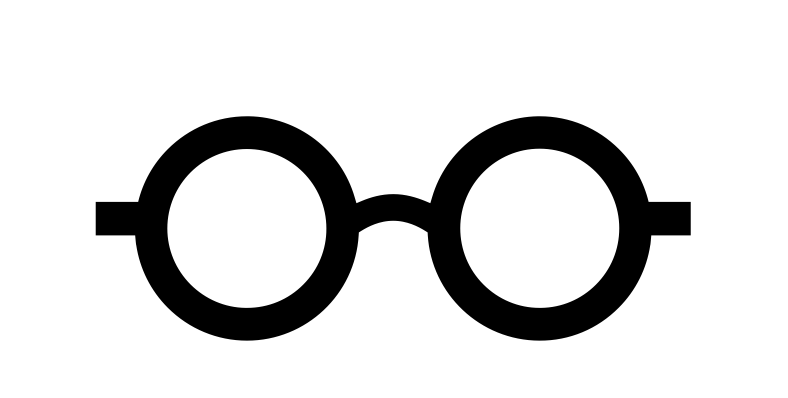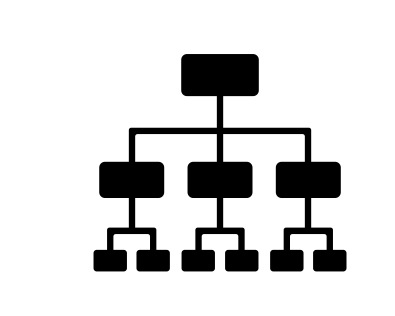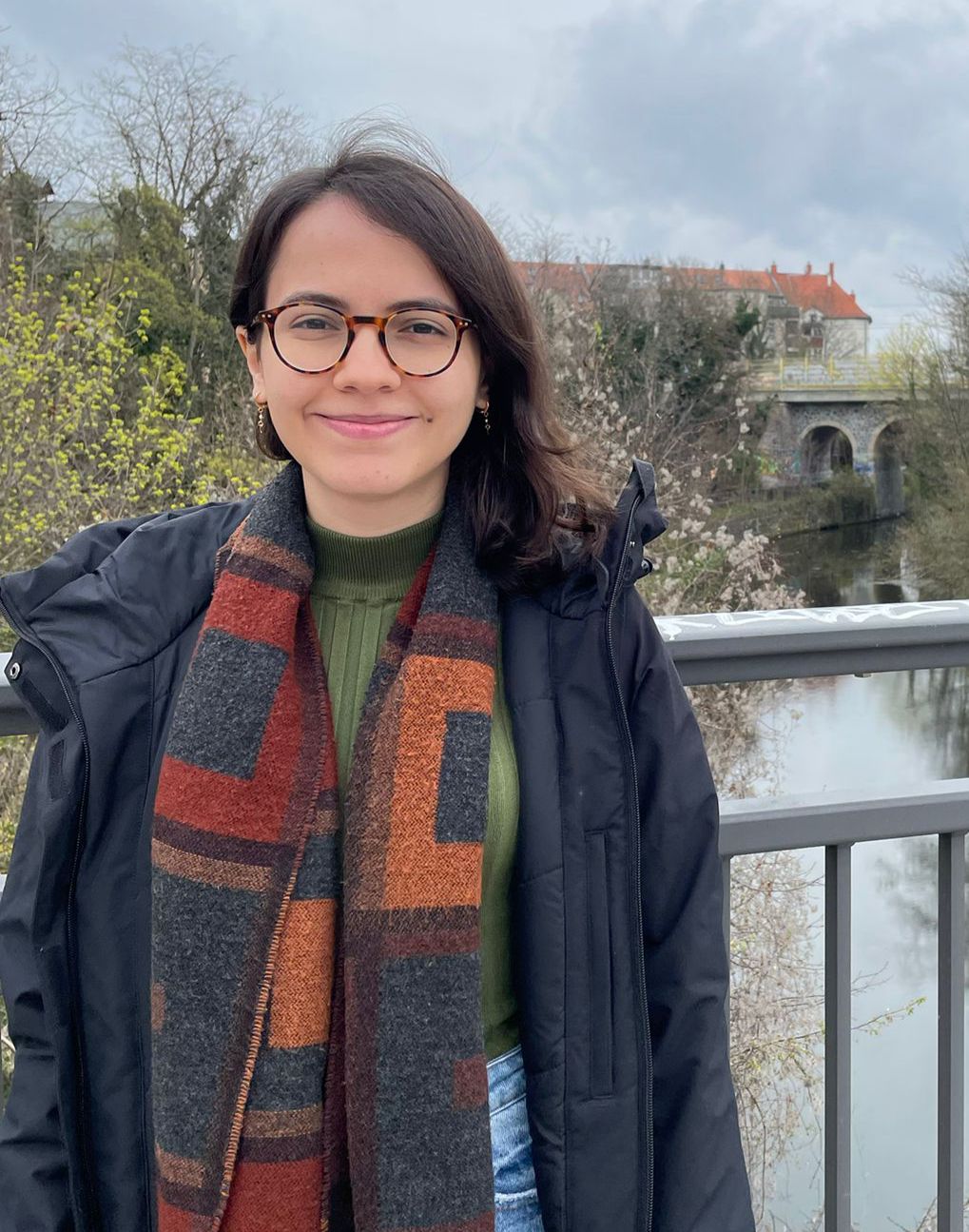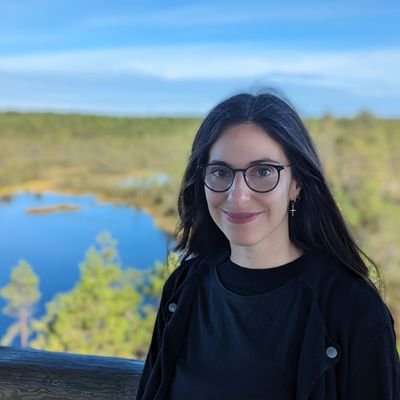This tool is designed to help you find relevant presentations at the European Geosciences Union (EGU) by analyzing the content of your abstract. Using advanced Natural Language Processing (NLP) techniques, the tool compares the text of your abstract (or any other one you select) to others submitted at EGU, showing you the most similar ones. This will allow you to easily find presentations matching a particular research topic. You can find more details in the ‘About’ section. As we are working on improving our tools, please rate the suggestions using the icons on the right, and submit at the bottom of the form.
We’d love your feedback! Please take a moment to complete this short survey to help us improve the tool.
Breaking the silos – leveraging NLP to encourage interdisciplinary interaction in geo-science
Geo-scientific research encompasses a wide range of disciplines that are inherently interconnected. However, it is often structured and organized along divisions and disciplines causing potential silos to emerge. This became particularly evident to us a few years ago during our participation in the European Geosciences Union (EGU) General Assembly. At the event, research was frequently framed and organized within these silos, often for the sake of clarity and structure. As a result, potential bubbles can emerge, where researchers tend to focus only on presentations within divisions they are familiar with, limiting cross-disciplinary interaction.
Through our work, we aim to break down these silos and encourage greater interdisciplinary collaboration. To achieve this, we use natural language processing to identify connections between research efforts based on their content, rather than their disciplinary labels. As part of this, we are developing a range of tools designed to facilitate interdisciplinary interaction at conferences like EGU and beyond.
On this website, you'll find our tool for discovering relevant presentations at EGU, based on the content of each presentation. You'll also find additional background information, including other tools we've developed and the underlying code. We plan to expand this platform to offer more functions and features, so your feedback is essential.
We are a team of researchers working with natural language processing, usually on the impacts of climatic hazards, at the Helmholtz-Centre for Environmental Research in Leipzig, Germany.
How it Works
This tool was developed to help researchers and attendees navigate the vast number of presentations at the European Geosciences Union (EGU) General Assembly. Our application uses natural language processing techniques to match presentations based on their content similarity. Here's the process:
- Text Embeddings: We convert each abstract into a high-dimensional vector representation (embedding) using state-of-the-art language models. This representation captures the content and context of the abstract.
- Similarity Matching: When you select an abstract in the app, we compare its embedding with all other abstracts to find the most similar ones.
- Real-time Results: The results are instantly displayed and sorted by similarity score.
Other Tools, Datasets, and Research Publications from this Project
We have used this approach for different purposes. Recommending which session to submit an abstract to, helping conveneres identifying similiar abstracts, or evaluating to what extent geo-science researchers live in their own bubbles.
The EGU Session Recommender
In collaboration with the European Geoscience Union, we developed a tool that recommended suitable sessions for participants to submit their conference abstracts. The tool calculated the real-time similarity between an abstract and each sessions description, providing participants with the most relevant session recommendations. The tool attracted over 10,000 visitors during the abstract submission phase and was prominently featured on the EGU website.Supporting Conference Organization
Organizing a conference with thousands of session proposals is difficult. We computed session description similarities that helped organizers to group or merge different sessions together based on their similarity. Our approach provides a data-driven method to understand and cluster conference submissions more effectively.EGU Abstract Embeddings Dataset
We are currently in the process of collecting historical data to create a comprehensive dataset of EGU abstract embeddings. This dataset will be made publicly available for research purposes, allowing scholars to investigate the emergence and evolution of scientific topics over time.Scientific Bubbles Research
We conducted a first research study to measure the scientific bubbles and the ability of natural language processing to burst them using our text-mining approach. We were able to show that participants focusing only on their broad disciplinary session miss an average of 44 % of the 10 most relevant contributions. These findings illustrated how using natural language processing (NLP) can enable the geoscience community to explore the full breadth of knowledge beyond traditional disciplinary boundaries.Meet the Team
Jan Sodoge
Helmholtz-Centre for Environmental Research
Taís Maria Nunes Carvalho
Scads-AI & Helmholtz-Centre for Environmental Research
Mariana Madruga de Brito
Helmholtz-Centre for Environmental Research
Open source
The code for the algorithms we use, for this and other applications are available here.
This application is hosted via the Helmholtz-Centre for Environmental Resarch (UFZ).
References
- Sodoge, Jan, Taís Maria Nunes Carvalho, and Mariana Madruga de Brito. GC Insights: Breaking the silos–leveraging NLP to encourage interdisciplinary interaction at the EGU. EGUsphere 2024 (2024): 1-8.
Contact
For questions, suggestions, or bug reports, please contact jan.sodoge(at)ufz.de.
Provider of this website
Helmholtz-Zentrum für Umweltforschung GmbH - UFZ
Permoserstr. 15
04318 Leipzig
info@ufz.de
phone: (0341) 6025-0
www.ufz.de
Legal form
The Helmholtz-Zentrum für Umweltforschung GmbH - UFZ is a limited liability company (“Gesellschaft mit beschränkter Haftung“ incorporated under German law). Company shareholders are the Federal Republic of Germany, the Free State of Saxony and the Federal State Saxony-Anhalt. The UFZ is a member of the Hermann von Helmholtz-Gemeinschaft Deutscher Forschungszentren e.V. (Helmholtz Association of German Research Centres).
Registration court: Amtsgericht Leipzig
Register number: HRB 4703
Value added tax identification number: DE 141507065
Representatives
Prof. Dr. Katrin Böhning-Gaese, Scientific Managing Director
Dr. Sabine König, Administrative Managing Director
Chair of the Supervisory Board
MinR Dr. Wolf Junker
Responsibility for the content of the website
Jan Sodoge
Department Urban and Environmental Sociology
Permoserstr. 15
04318 Leipzig
Content management
Susanne Hufe, Press Officer, Online and Print Editor
Andreas Staak, Web Officer, Online Managing Editor
Copyright
The rights to the images on the UFZ websites are owned by the UFZ, unless otherwise stated. The photographic material may be used free of charge for scientific and research purposes and for editorial purposes, provided the UFZ is named as the source of the images. The images may not be used for other purposes such as commercial purposes.






